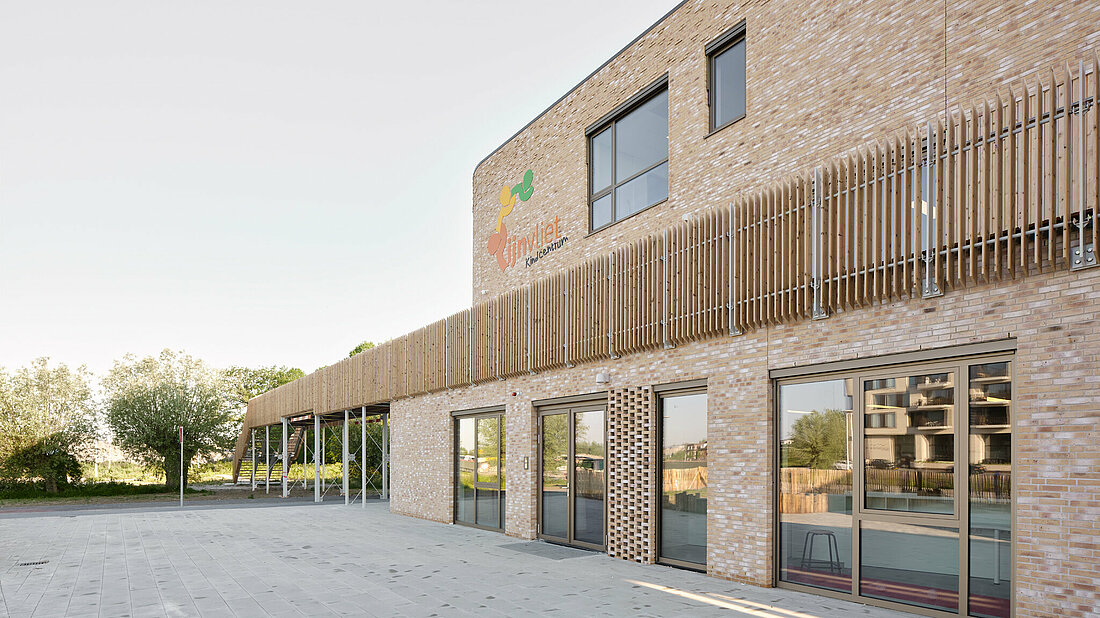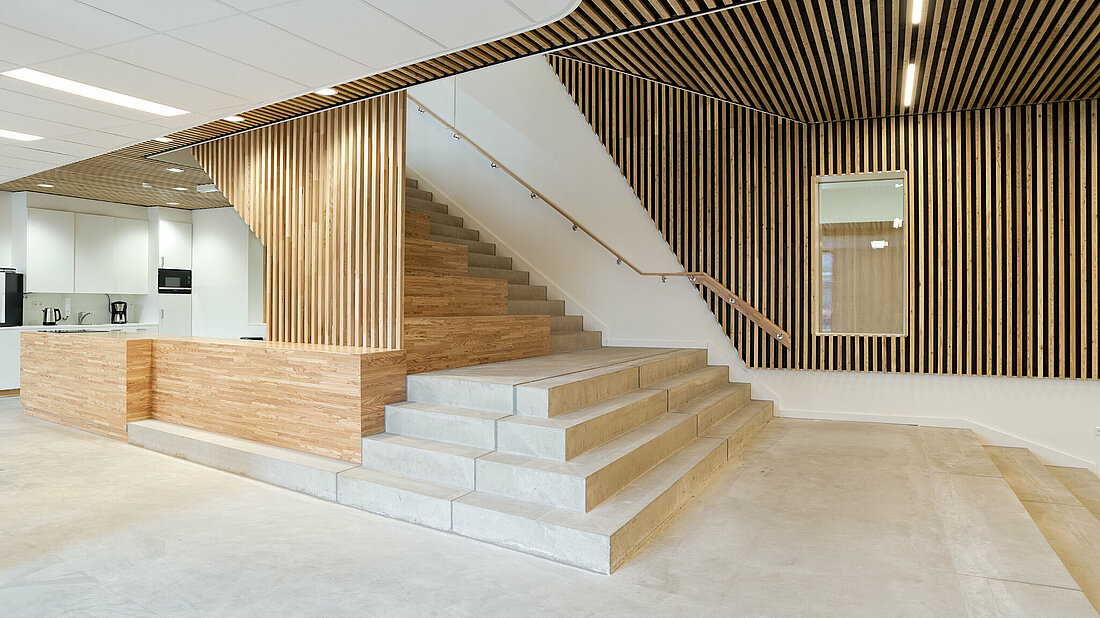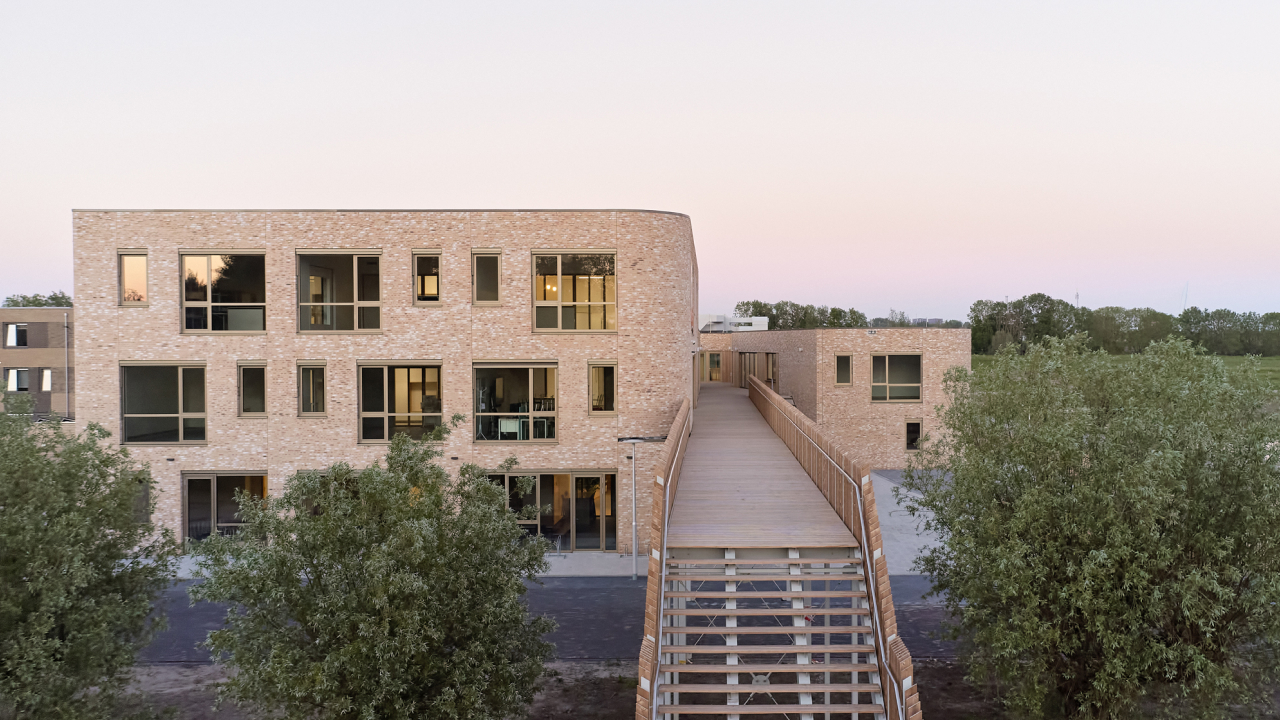The Rijnvliet Children's Center | Energy-Neutral Architecture
Profiled Firm: 9graden architectuur | Location: Netherlands

The Dutch-German architectural firm 9graden architectuur switched to Vectorworks in 2017. “After working with software that is cumbersome and not too flexible, it was really time for something different. With Vectorworks, communication between partners is much smoother," said Wilbert Steenhuis, architect at 9graden architectuur.
For the architects of 9graden architectuur, switching to another software was a logical step. “I worked with Vectorworks at my previous firm and knew that it would be great added value for our way of working. In addition, there were several employees with Vectorworks experience at 9graden, so we didn't hesitate to switch," said Wilbert.
CAD experience from other software programs isn’t lost in switching. The architects at 9graden were able to take advantage of their knowledge from using other programs when learning Vectorworks.
They used Vectorworks for 2D when they first switched back in 2017. Now, 9graden is realizing the full potential of Vectorworks as a design tool: using 3D and BIM.

Courtesy of 9graden architectuur and Meike Hansen.
9graden’s First Vectorworks Project: An Energy-Neutral Children's Center
The Rijnvliet Children's Center project is the first they designed entirely in Vectorworks. “It just happened by chance,” Wilbert said. “We were shortlisted along with five other firms to get this project and after our presentation we heard that we were the winner. We had just made the switch to Vectorworks at the time and decided to use the software to design the project. We did it successfully, as you can see.”
With Vectorworks, we can easily switch between 2D and 3D, but mainly, we have a lot of design freedom.
The center is located within a residential community adjacent to a food forest. The community promotes the food forest principle with the development of forest-like structures to increase the biodiversity, efficiency, and sustainability of food production for its residents and visitors.
One of the requirements for this project was that the children’s center had to be energy neutral. That was no problem for 9graden, who gives significant importance to functional, modern, and ecological architecture.
During the design process, they put together a complete package of architectural and installation engineering procedures. For example, the building envelope has been given a high insulation value and triple glazing has been used in combination with controlled sun protection.

Courtesy of 9graden architectuur and Meike Hansen.
We are particularly happy with the connection between the neighborhood and the food forest, which creates a certain dynamic in the neighborhood.
The designers at 9graden organized workshops with the school community during the planning. This approach gives the center's occupants a way to get involved in the project, and better understand the decision-making process, and envision the project wholistically.
“For example, for the Rijnvliet project, we let the users stack blocks. The ground area for this project was fairly limited, but quite a lot had to be done at that location. For example, in addition to a school, there also had to be room for a daycare center and a public gym.”
By letting the users stack the blocks, they experienced the challenges of this project themselves. Afterwards, the users, together with the architects, assembled the puzzle for this Rijnvliet Children’s Center and everyone is satisfied with the result.
All images in this article are courtesy of 9graden architectuur and Meike Hansen.
